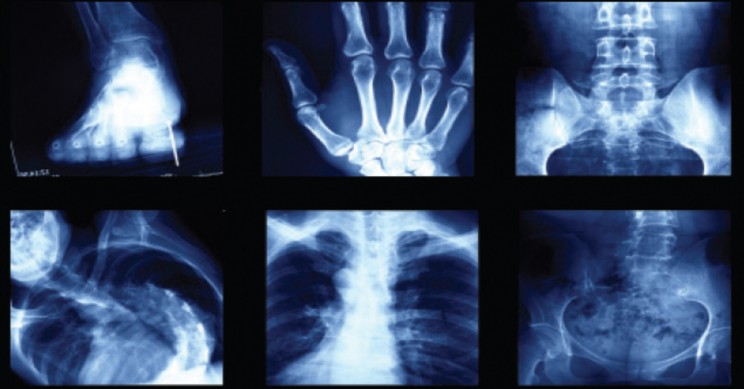Scientific testing has improved dramatically over the years, both in terms of accuracy and affordability. Today tests are used for everything from forensic science to product testing that helps keep our society and its consumers safe. It is critically important that we know the truth about all the products that we use.
X-ray Fluorescence, or XRF, has applications across a wide variety of useful analyses. Basically this technology allows you to determine what elements are part of the tested material. An XRF analyzer is used to measure the fluorescence, or secondary, X-ray that is emitted when you use a primary X-ray on the item being tested. These secondary X-rays map out into a sort of ‘fingerprint’ which shows the elements that are present.
XRF is used for testing and research in quite a number of industries. In general the testing is simple, requires very little sample preparation and chemical analysis results are available quickly. The testing instruments are portable which makes sample testing easy.
Soil Surveys
Before using or building on a site, it’s critically important to do a soil analysis. Handheld XRF instruments allow you to sample the soil from many different places within the potential building site. The technology can identify more than 26 elements and 12 priority pollutant metals that would be harmful to public health. There are no lengthy waits for lab results because the testing can be done on site with results available in less than sixty seconds.
Lead in Food Products
Some times XRF testing can be used to help unravel a great mystery. In one such case, it was found that a high number of migrants from Mexico who were living in Monterey, California showed elevated blood levels. Researchers discovered that a probable source of the unhealthy lead levels was from food imported from their home in Oaxaca to the United States.
XRF testing was then used to see if the source of the contamination was from wind-blown dust from mining areas or from food preparation methods that used ceramic cookware. By using XRF, researchers determined that grinding spices in lead-glazed ceramic ware and the acidic addition of lime juice caused the food to be contaminated.
Cement Production
Cement is one of the cornerstone building materials used everywhere, from commercial properties to homes and highways. To maintain cement quality and consistency XRF testing is done as the cement is being produced. X-Ray Fluorescence is used throughout the manufacturing process with testing of raw quarry materials, multiple intermediate products and then the final produced cement.
Toxic Elements Found in Tableware
Ceramic plates are used in many cultures and homes. Unfortunately, some of these may have unsafe elements that are part of the base ceramic material or the glazes that have been applied. XRF testing has been used to discover imported ceramic plates from Mexico that showed the presence of both lead and uranium. Pigment on plates from China were also tested, and at times found to include lead, cobalt and other elements.
X-Ray Fluorescence testing is vital to the health of our consumers and our society. Whether it’s the safety of the cement we use to build our buildings or the plates we use in our homes, XRF is a valuable tool that provides cost-effective and quick results.

 2018 ·
2018 ·
Leave a Reply